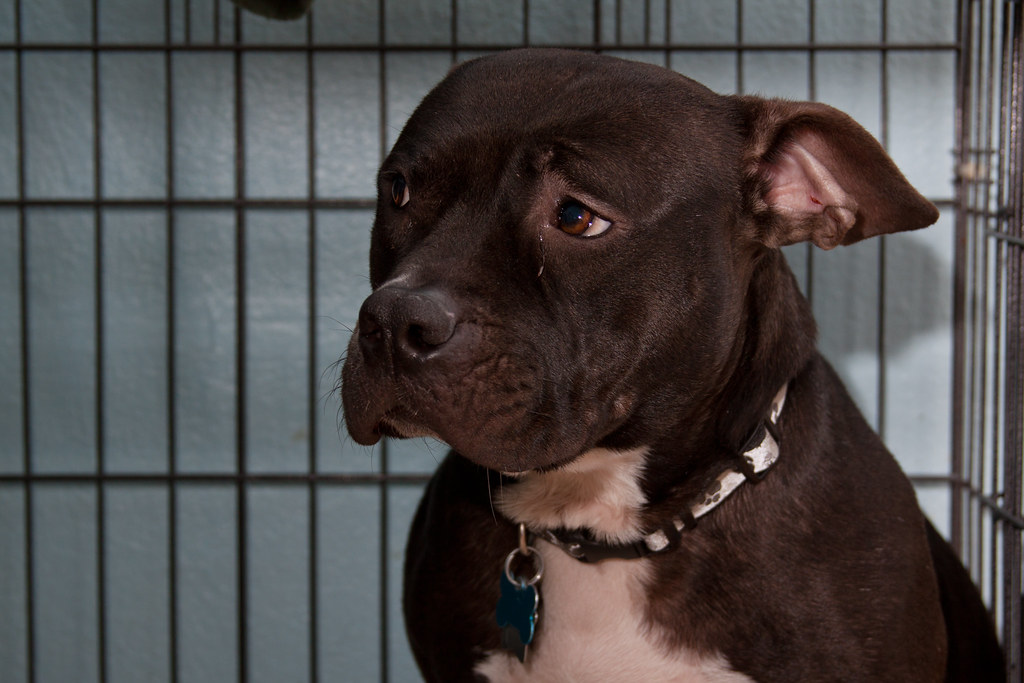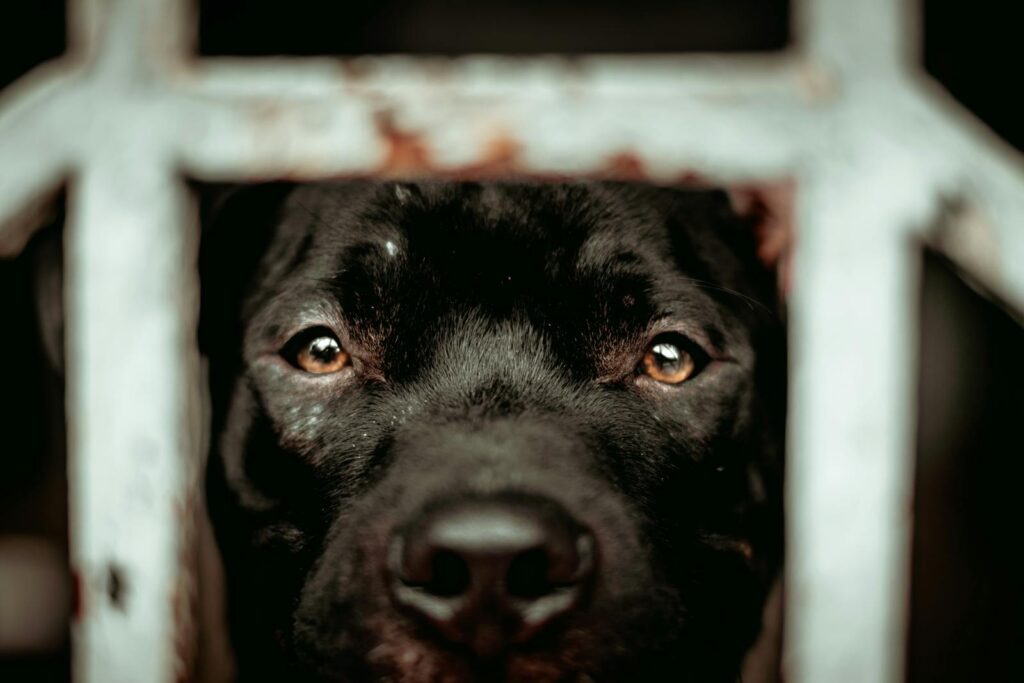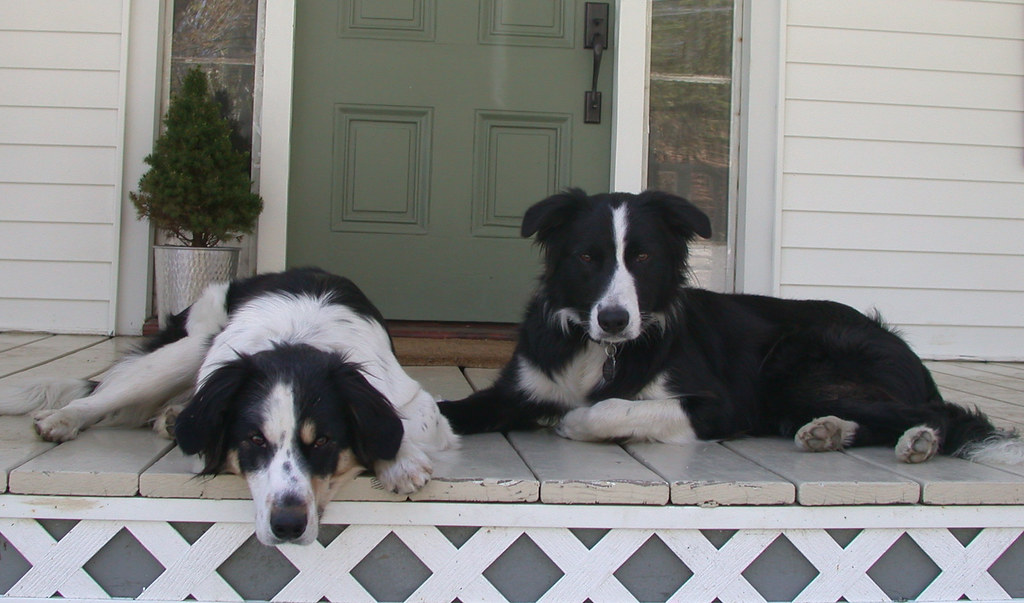
Post-Traumatic Stress Disorder (PTSD) is not exclusive to humans; dogs can experience it too, often as a result of abuse, neglect, abandonment, or other traumatic events. Recognizing the signs of PTSD in dogs is crucial to helping them heal. Here are 15 common clues that your dog may be struggling with PTSD.
Avoidance of Certain People or Places

Dogs with PTSD often avoid specific people, places, or situations that remind them of their trauma. For example, a rescue dog might steer clear of men with hats if their abuser fits that description. This avoidance isn’t random—it’s their way of protecting themselves from perceived threats. You may notice hesitation, pulling on the leash, or retreating when they encounter these triggers.
Excessive Shaking or Trembling

Shaking or trembling, especially when there’s no apparent cause, can indicate fear or anxiety. For dogs with PTSD, this often occurs in response to a trigger, such as a loud sound or a sudden movement. Unlike normal shivering from cold, this trembling is tied to their emotional state and may persist even in familiar environments.
Increased Aggression

Dogs with PTSD may exhibit aggression as a defense mechanism. This aggression can appear as growling, snapping, or even biting, often triggered by situations that make them feel cornered or unsafe. What may seem like an overreaction to a harmless situation is actually their way of ensuring self-preservation based on past trauma.
Extreme Reactivity to Loud Noises

Loud noises like fireworks, thunder, or even a door slamming can trigger panic in dogs with PTSD. These sounds may bring back memories of traumatic events, causing your dog to cower, hide, or try to escape. This reactivity often intensifies if the dog hasn’t had time to build trust and feel secure in their new environment.
Excessive Panting or Drooling

Panting and drooling are common stress responses in dogs. While normal during exercise or heat, excessive panting or drooling when your dog is at rest signals emotional distress. This often happens when they’re exposed to triggers or feel unsafe, making it an important physical clue to watch for.
Hiding or Seeking Constant Isolation

Dogs with PTSD may retreat to hidden spaces like under the bed, in a closet, or behind furniture when they feel scared. This behavior is a survival instinct, as hiding helps them feel secure. On the flip side, they might avoid interactions altogether, which can make it difficult to engage with them or assess their well-being.
Pacing or Restlessness

Restless behaviors like pacing back and forth can indicate that your dog is unable to relax. Dogs with PTSD often struggle to feel safe, leading to this repetitive motion as a way to self-soothe. Pacing is common in situations where they feel trapped, nervous, or overwhelmed by their surroundings.
Loss of Interest in Activities

A dog with PTSD may stop engaging in activities they used to enjoy, like playing fetch, going on walks, or greeting you at the door. This apathy is a sign of emotional withdrawal, reflecting how overwhelmed they feel. Encouraging small, positive interactions can help rebuild their interest and confidence over time.
Overreaction to Physical Touch

Dogs with PTSD might flinch, yelp, or move away when touched, even gently. This sensitivity often stems from past abuse, making them associate physical contact with harm. While their reaction may seem exaggerated, it reflects the deep emotional scars they carry and their struggle to trust physical interactions.
Hypervigilance

Hypervigilance is when your dog constantly scans their environment, appearing overly alert or tense. They may react to every small noise or movement as if it’s a threat. This behavior indicates that they feel unsafe and are trying to protect themselves, even when no real danger exists.
Changes in Sleeping Patterns

Dogs with PTSD may experience disturbed sleep, such as insomnia, frequent waking, or restless movement. Alternatively, they might sleep excessively as a way to escape emotional stress. Both extremes signal that their mental state is affectingtheir ability to rest and recover properly.
Excessive Barking or Whining

If your dog begins barking or whining excessively, particularly in response to certain triggers, it could be a way of expressing fear or discomfort. These vocalizations often occur when they’re unable to escape a stressful situation, and they may continue long after the trigger has passed.
Destructive Behavior

Chewing furniture, clawing doors, or other destructive behaviors are common in dogs with PTSD. This isn’t simply mischief—it’s often a stress response to feeling trapped or overwhelmed. Destruction provides an outlet for their anxiety, but it can escalate if the underlying trauma isn’t addressed.
Regression in Training

A previously house-trained dog having accidents indoors or forgetting basic commands can signal PTSD. This regression often reflects their inability to focus or feel secure enough to maintain learned behaviors. Reintroducing training in a gentle, supportive way can help rebuild their confidence.
Excessive Clinginess or Avoidance

Dogs with PTSD often display extremes in attachment. Some may become overly clingy, following you everywhere and showing signs of panic when left alone. Others may avoid you entirely, distancing themselves emotionally and physically. Both behaviors indicate their struggle to feel safe and balanced.
